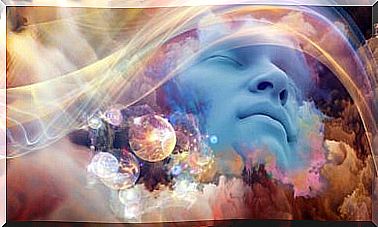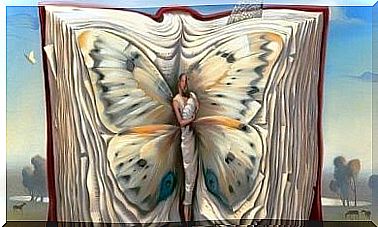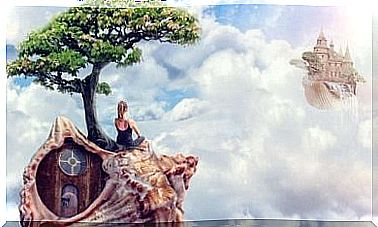Taijin Kyofusho Disorder, Fear Of Offending Others

Taijin Kyofusho disorder shapes a very particular type of phobia. It is that in which a person is afraid of offending another in some way, either through words, an inappropriate comment, some gesture or even with certain aspects of their body. As striking as this condition may seem to us, it is still a type of social anxiety described in diagnostic manuals.
It is very possible that in broad strokes this type of disorder is associated especially with the Japanese personality. As we well know, if there is something that the Japanese are known for, it is for their high sense of behavioral correction, absolute respect for the other and that polite and meticulous courtesy in their daily dealings. Now, it should be noted that this type of anxiety appears in any culture.
Behind Taijin Kyofusho’s upheaval is insecurity. It is she who in turn inoculates that almost delusional obsession to show absolute perfection every time a person is exposed publicly. Their anxiety about having the best appearance, the best attitude or the most relaxed treatment, often leads them to doubt everything they do and say.
Fear of blushing, of hesitating, of saying something unintelligent and even fear of smelling bad at some point, these are all small examples of those obsessions that make up Taijin Kyofusho disorder .
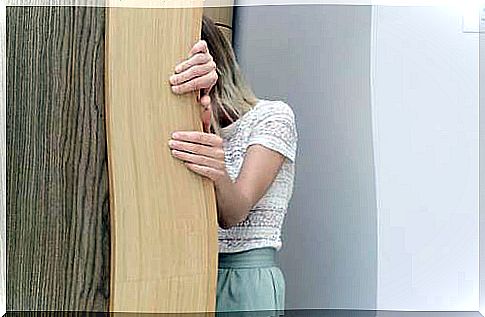
Taijin Kyofusho disorder : characteristics and treatment
Disorder taijin kyofusho translates as ‘ disorder fear of interpersonal relationships ‘. This type of social phobia was first described in Japan, and that this was the case is no accident. In Japanese culture, the importance of the group is often emphasized over the individual, hence that recurring anguish for offending others in some aspect will not take too long to be described and labeled.
As we have already pointed out at the beginning, this type of phobia is not exclusive to the Japanese, however, for them it is a well-known psychiatric syndrome while in the West, we hardly talk about it. Still, it is included in the “Diagnostic and Statistical Manual of Mental Disorders” (DSM-5) but not in a category of its own, but simply as ‘other specified obsessive compulsive disorders and related disorders’.
Therefore, let’s see what its most common characteristics are:
Differences between taijin kyofusho disorder and social phobia
Despite the fact that Taijin Kyofusho disorder is often said to be basically a type of social phobia, it should be noted that there are a few small nuances that make it unique.
- People with social phobia experience distress, shame, and anxiety when in front of other people. However, patients with taijin kyofusho disorder fear embarrassing or creating discomfort to others just by their presence.
- The basic problem is not in how one reacts to a certain situation. The fear is in how those around me may react when I expose myself to them.
- Another striking aspect is the appearance of obsessive compulsive behaviors. An example, in the scientific literature we have the case of an American woman diagnosed with this disorder. In the study, published at the Chicago University of Health Sciences, she describes how this patient had a particular obsession: looking at people’s genitalia.
He knew this could embarrass and make them uncomfortable, and although he felt distressed about it, he couldn’t help but do it. These are details that show us the complexity of this psychiatric condition.
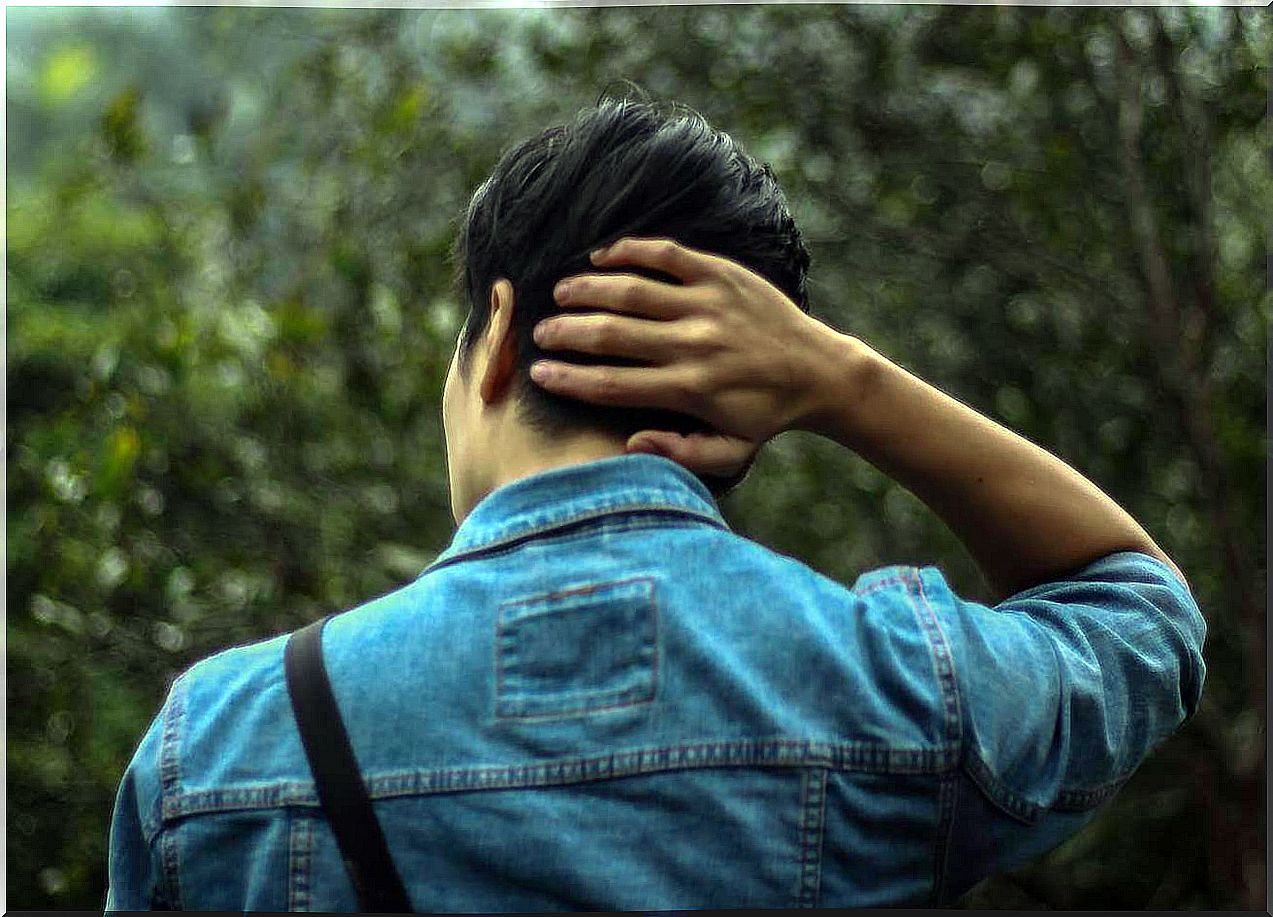
Characteristics of taijin kyofusho
The Japanese diagnostic system establishes that this disorder can occur based on four very common subtypes, which shape a specific type of phobia. They are as follows
- Sekimen-kyofu : fear of blushing and that the other person will feel uncomfortable about it.
- Shubo-kyofu is the fear of annoying others by not having an attractive or slim body.
- Jiko-shisen-kyofu distresses others to feel threatened or uneasy when they are looked at.
- Jiko-shu-kyofu is a fear of giving off a bad smell at some point.
On the other hand, from the West, the following aspects are also valued.
- Analyze if these characteristics are stable or transitory. It is known, for example, that these behaviors can appear in adolescence and disappear over time.
- Degree of phobia.
- Appearance of delusional, obsessive-compulsive thoughts, etc.
- Likewise, it is common for this disorder to also appear in patients with schizophrenia.
What types of treatment are there?
It should be noted that from a cultural point of view, the Taijin Kyofusho disorder is very interesting. An example , we know that the first treatments for this condition emerged as early as 1910 from the hand of Dr. Shoma Morita. In their day, the therapeutic approach they used was the following:
- Isolate the patient in specific facilities.
- Invite you to rest and relaxation.
- To write a diary.
- Do manual tasks like gardening.
- Attend the classes taught by Dr. Morita.

Starting in the 1930s, this specialist varied his treatment in some aspects. He introduced group therapy as well as drug administration. Today, Morita therapy continues to be used in Japan. With regard to the West, it should be noted that the strategy varies a lot, the reason for this is that they do not recognize taijin kyofusho as a separate disorder, but treat it in the same way as social phobia.
In general, exposure-based cognitive behavioral therapy is used, also working on aspects such as self-esteem and relaxation techniques. However, everything also depends on the uniqueness of each patient and whether or not they present other types of disorders. Be that as it may, we are undoubtedly facing a type of phobia that is much more known to the Japanese than to most of us.
